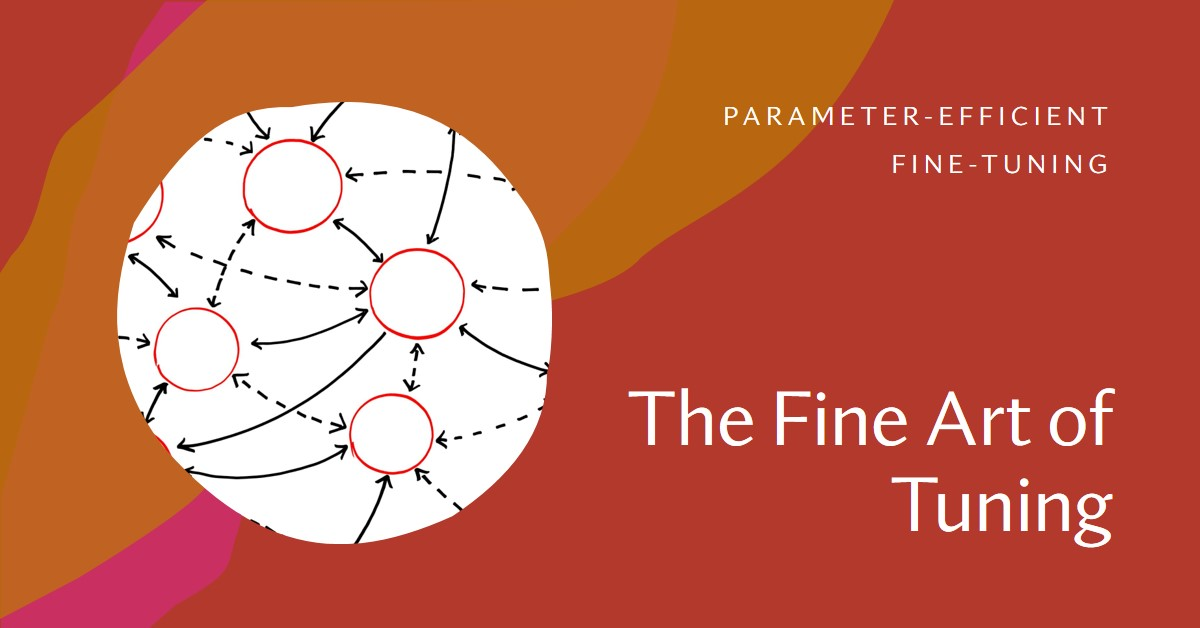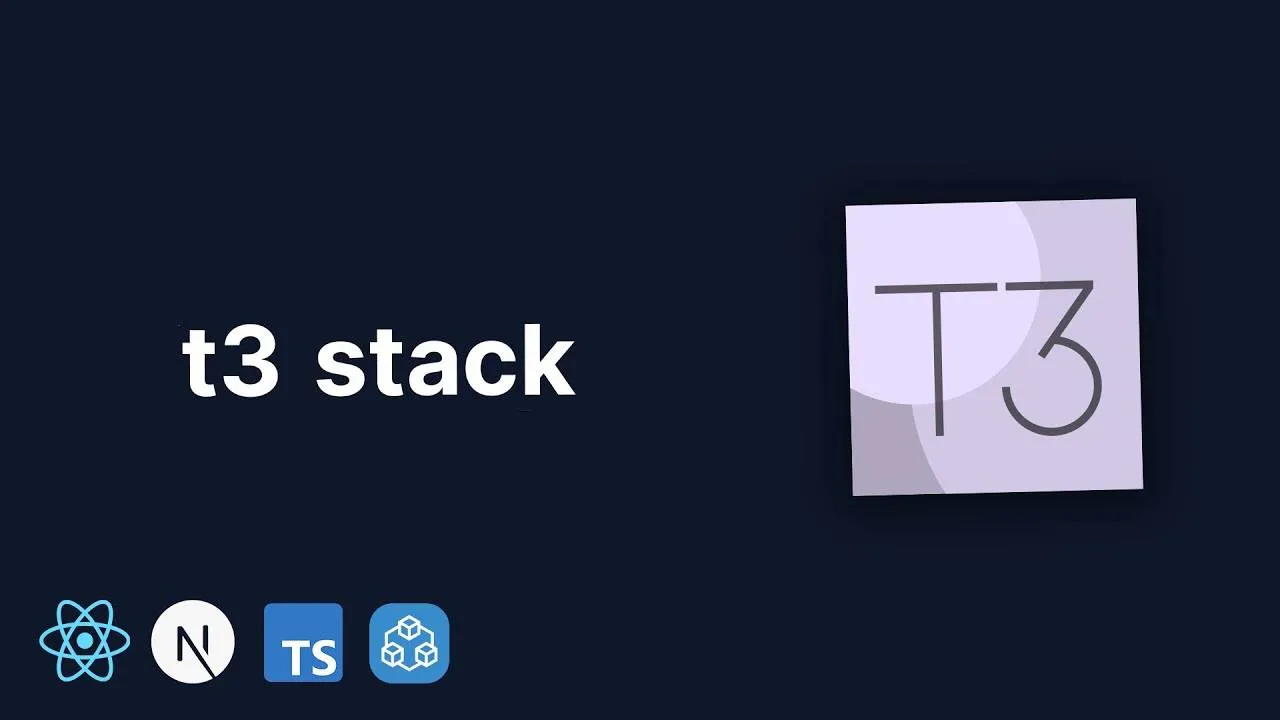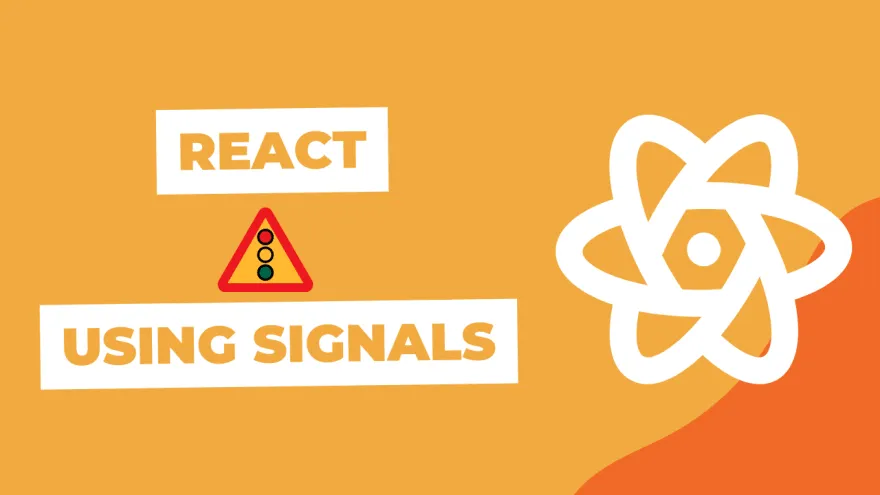Introduction
Meta's latest AI model, Llama 3, has sparked intrigue and excitement with its promising improvements over its predecessor, Llama 2. Integrated into popular Meta applications like Instagram and Facebook, Llama 3 brings forth enhanced capabilities, particularly through its chatbot feature. This article delves into the advancements of Llama 3 and how it stacks up against Llama 2.
Performance Enhancements:
Llama 3 boasts significant performance enhancements compared to Llama 2. With 8 billion parameters in its 8B versions, Llama 3 has undergone intensive training using custom-built 24,000 GPU clusters on over 15T token of data , also with context length of 8192 tokens, supports 30 languages. This substantial boost in performance addresses previous criticisms and positions Llama 3 as a formidable contender in the AI landscape. Where as Llama 2 7b comes up with less performance than Llama 3 8b ,as it was trained on 2 trillion tokens, also with context length of 4096 tokens, support only 20 languages.
Metrics Comparison:
In the realm of AI language models, the metrics of Mean Multi-Layer Update (MMLU), Average Reasoning Capabilities (ARC), and Dataset for Reasoning Over Paragraphs (DROP) serve as vital benchmarks for evaluating performance and proficiency. Llama 3 marks a paradigm shift in this regard, outclassing its predecessor, Llama 2, across these key metrics.
Llama 3's expansion to configurations of up to 70 billion parameters translates into a deeper understanding of language nuances, reflected in its superior MMLU scores. This increase in complexity enables Llama 3 to grasp and process multi-layered information more effectively than ever before.
Furthermore, Llama 3's training on a bespoke 24,000 GPU cluster has proven instrumental in enhancing its reasoning capabilities, as evidenced by its impressive ARC scores. The investment in robust training infrastructure has undoubtedly propelled Llama 3 ahead of Llama 2 in terms of comprehension and logical reasoning.
When it comes to tackling complex datasets like DROP, Llama 3 emerges as the undisputed champion, showcasing unmatched proficiency in reasoning over paragraphs. Its ability to navigate through intricate textual data sets with precision underscores its superiority over Llama 2 in terms of knowledge acquisition and retention.
In conclusion, the metric comparison between Llama 3 and Llama 2 highlights a clear trajectory of progress and advancement. With superior scores across MMLU, ARC, and DROP, Llama 3 reaffirms its status as a game-changer in the landscape of AI language models, setting new standards for efficiency, accuracy, and domain-specific proficiency.
Data Training:
Llama 3's training regimen marks a significant leap forward. Trained on over 15 trillion tokens sourced from public data, Llama 3's dataset dwarfs that of Llama 2, enabling it to respond to a broader range of queries. Additionally, Llama 3 incorporates a robust collection of non-English data spanning over 30 languages, enhancing its accessibility and utility for global users.
As said earlier,Llama 2 is trained on over only 2 Trillion token of public data.Even it only support 20 languages.
Enhanced Scalability and Deployment Capabilities
Scalability and ease of deployment are paramount considerations in maximizing the practical utility of any AI model. Llama 3 represents a significant leap forward in this regard, introducing a range of improvements to enhance versatility and accessibility for researchers and developers.
The model's redesigned architecture prioritizes efficient scaling across diverse hardware configurations, laying the foundation for seamless deployment across a spectrum of platforms and devices. This optimization not only expands the model's reach but also ensures optimal performance across varying computing environments, catering to the evolving demands of AI solutions.
Moreover, leveraging the open-source ethos of Llama 2, Meta AI adopts an inclusive approach for Llama 3, fostering a collaborative ecosystem where a wider community of researchers and developers can contribute, customize, and deploy the model in their projects. This democratization of access not only fuels innovation but also accelerates the adoption of Llama 3 as a preferred solution in the AI landscape.
In essence, the evolution from Llama 2 to Llama 3 signifies Meta AI's commitment to advancing language models while prioritizing scalability and deployment ease. With its enhanced capabilities, Llama 3 is poised to redefine the landscape of AI applications, offering unparalleled performance and utility across diverse use cases.
Model Efficiency and Accuracy
Llama 3 marks a significant step forward in the evolution of Meta AI's language models, showcasing notable enhancements in both efficiency and accuracy over its predecessor, Llama 2.
One of the standout improvements is the expansion in the model's parameters, with Llama 3 offering configurations of up to 70 billion parameters. This increase not only signifies a leap in the model's complexity but also its ability to understand and generate language with greater precision.
The training of Llama 3 on a bespoke 24,000 GPU cluster has evidently paid dividends, enabling it to outperform Llama 2 across a range of metrics, including MMLU, ARC, and DROP. These metrics are crucial indicators of a model's performance, with higher scores reflecting an ability to better comprehend and respond to complex queries.
Comparison Table(BENCHMARKS):
| Benchmark | Llama-3-8B | Llama-2-7B | Improvement |
|---|---|---|---|
| MMLU 5-shot | 68.4 | 34.1 | 100.6% |
| QPQA 0-shot | 34.2 | 21.7 | 57.6% |
| Human-Eval 0-shot | 62.2 | 7.9 | 687.3% |
| GSM-8K | 79.6 | 25.7 | 209.7% |
| MATH 4-shot,CoT | 30.0 | 3.8 | 689.5% |
(Source: Data obtained from https://llama.meta.com/ website)
Unveiling Insights with Titanic Dataset: A Comparative Analysis of Llama-2 and Llama-3.
In the realm of natural language processing (NLP), advancements in language models have enabled various applications, from chatbots to text summarization. Recently, two powerful models, Llama-2 and Llama-3, exhibit remarkable capabilities in understanding and generating human-like text. In this, we'll delve into how these models can be leveraged to interactively explore the famous Titanic dataset using a Streamlit application.
Titanic Dataset: A Classic Example
The Titanic dataset is a classic example often used in data science tutorials and competitions. It contains information about passengers aboard the RMS Titanic, including demographics, ticket class, fare, and survival status. This dataset serves as an excellent playground for demonstrating the capabilities of language models in analyzing structured data.
Setting Up the Environment
Before we dive into the code, ensure you have the necessary dependencies installed, including Streamlit, Seaborn, and the LangChain library. Once everything is set up, we can begin creating our Streamlit app.
The Experiment
Let's dive into the code and set up our experiment environment.
LLAMA-2-7B Code
import seaborn as sns
import streamlit as st
from langchain_experimental.agents.agent_toolkits import create_pandas_dataframe_agent
from langchain_community.llms import Ollama
#Call ollama model
llm = Ollama(model="llama2:latest")
st.title("Interactive Titanic Dataset Exploration with Llama-2-7b Model")
#load seaborns internal dataset
dataframe = sns.load_dataset("titanic")
#Display top 5 rows
st.write(dataframe.head(5))
# Call pandas dataframe agent
agent = create_pandas_dataframe_agent(
llm,
dataframe,
verbose=True,handle_parsing_errors=True
)
prompt = st.text_input("Enter your prompt:")
if st.button("Generate"):
if prompt:
with st.spinner("Generating response..."):
response = agent.invoke(prompt)
st.write(response["output"])
LLAMA-3-8B Code
import seaborn as sns
import streamlit as st
from langchain_experimental.agents.agent_toolkits import create_pandas_dataframe_agent
from langchain_community.llms import Ollama
#Call ollama model
llm = Ollama(model="llama3:latest")
st.title("Interactive Titanic Dataset Exploration with Llama-3-8b Model")
#load seaborns internal dataset
dataframe = sns.load_dataset("titanic")
#Display top 5 rows
st.write(dataframe.head(5))
# Call pandas dataframe agent
agent = create_pandas_dataframe_agent(
llm,
dataframe,
verbose=True,handle_parsing_errors=True
)
prompt = st.text_input("Enter your prompt:")
if st.button("Generate"):
if prompt:
with st.spinner("Generating response..."):
response = agent.invoke(prompt)
st.write(response["output"])
OBSERVATIONS:
In the exploration of the Titanic dataset with both Llama-2 and Llama-3 models, several questions were posed to each model to gain insights into their capabilities. From the responses generated and the time taken for inference, valuable insights about each model emerged.
Question Section:
When querying both Llama-2 and Llama-3 models with the question "How many people died and how many people survived?"
Llama-2-7b Response :
The Streamlit application executes the Llama 2 code upon activation, allowing users to pose questions. Subsequently, the generated responses are displayed below for further examination.

Generation process of chain:

Llama-3-8b Response:
The Streamlit application executes the Llama 3 code upon activation, allowing users to pose questions. Subsequently, the generated responses are displayed below for further examination.

Generation process of chain:
INFERENCE FROM CHAIN OUTPUT:
Upon analyzing the chain output, it becomes evident that Llama-3-8b reaches a conclusion with fewer iterations compared to Llama-2-7b. This observation suggests that Llama 3 may possess a more efficient inference process, potentially indicating superior computational efficiency or optimization. While this observation provides initial insights into the models' performance, further analysis and experimentation are necessary to comprehensively understand their respective strengths and limitations.
Question-Response Comparison Table: Llama-2-7b vs. Llama-3-8b
Choosing the Best: Deciding Between Options
Based on author observation , Llama 3 emerges as a clear winner, showcasing remarkable advancements over Llama 2 across various dimensions. Meta's commitment to enhancing AI capabilities is evident in Llama 3's superior performance, broader language support, and seamless integration into popular applications. With its enhanced usability and robust features, Llama 3 cements Meta's position in the forefront of AI innovation.





















